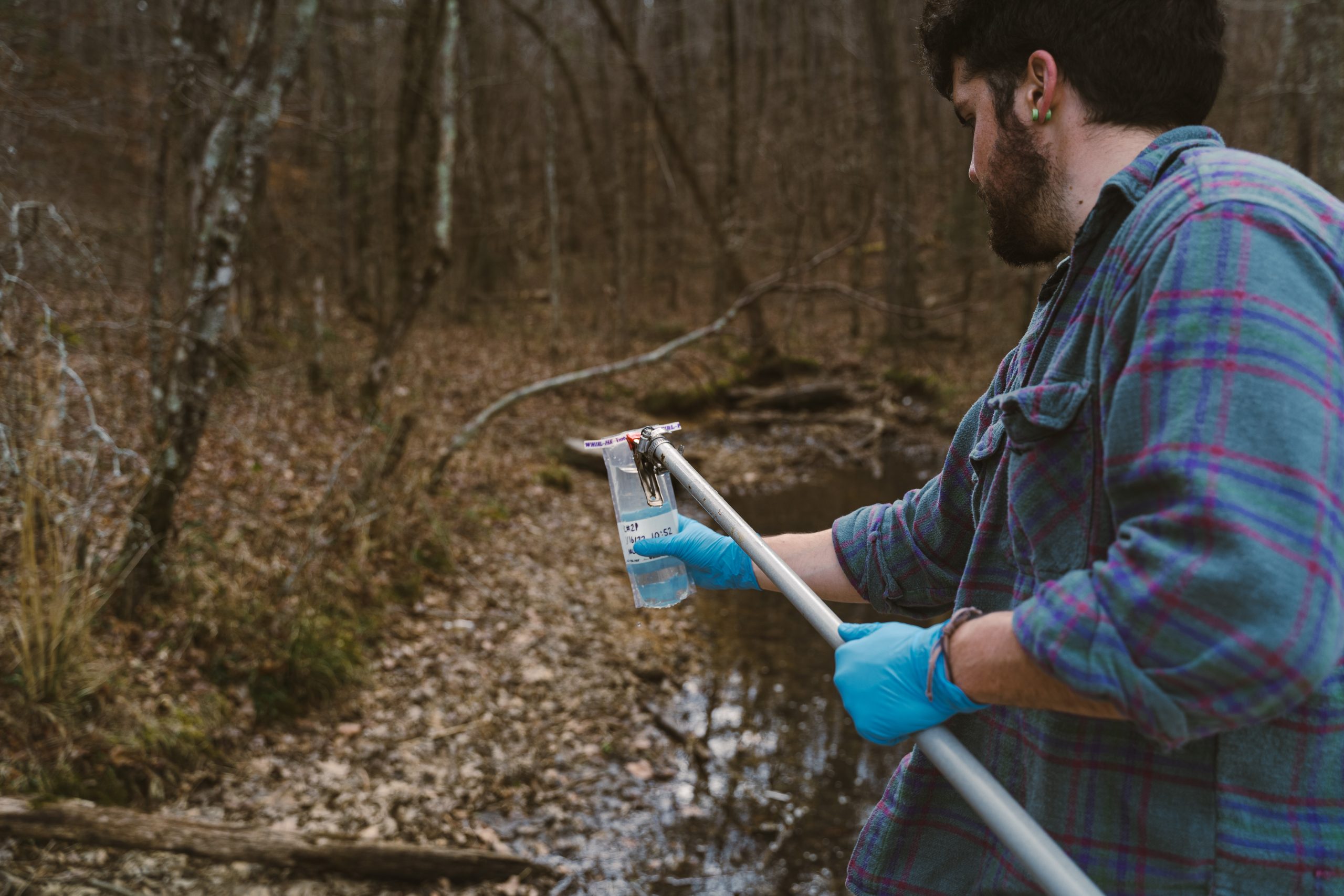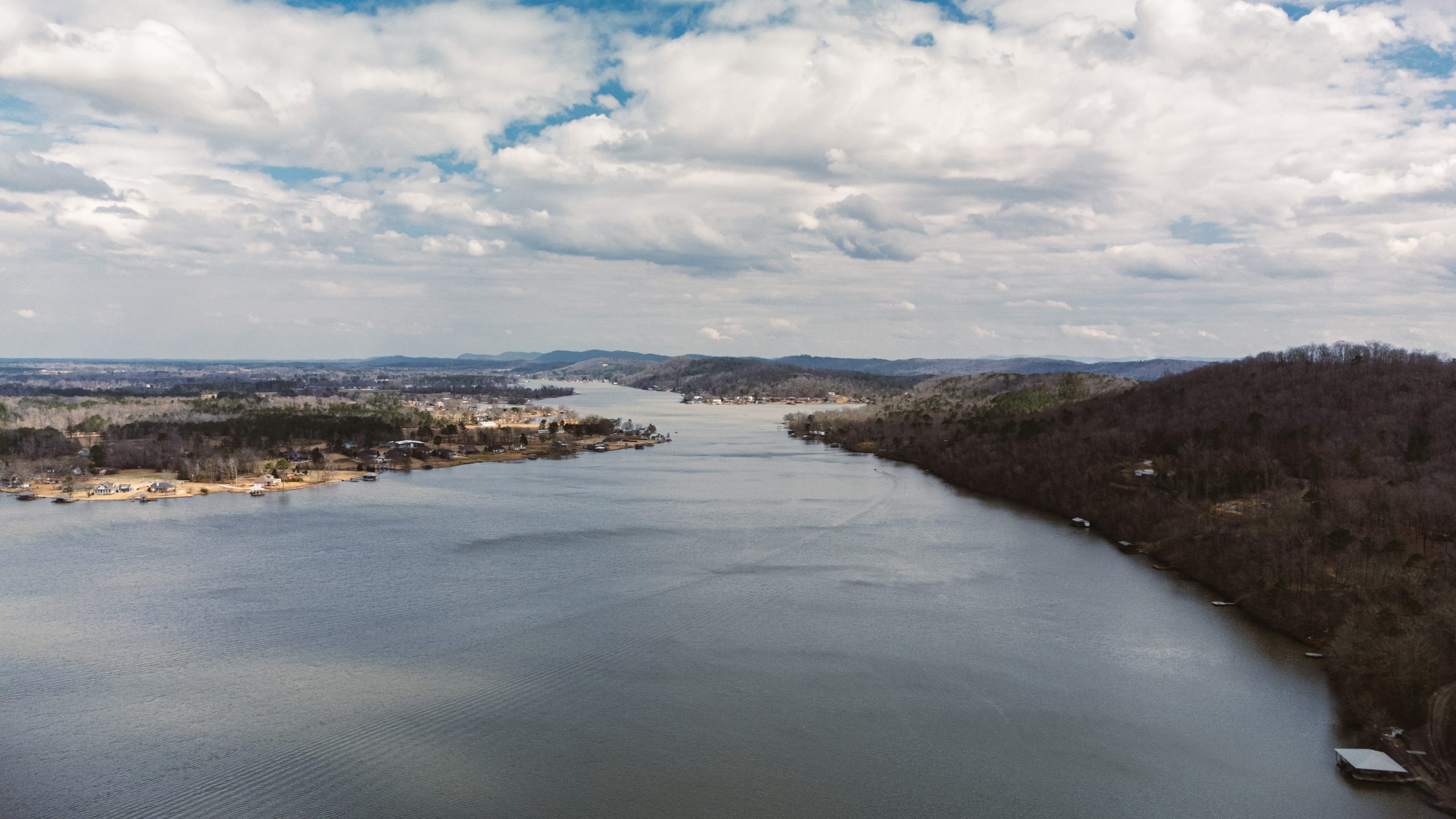The 1st week of sampling was on the upper section of Big Canoe Creek, from the headwaters around Cedar Mountain Road to around a little below Murphrees Valley Bridge. The proposed sample locations were public access sites found on Google Maps, and a couple sites accessible through members of Coosa Riverkeeper. Once out in the field, Jake and Chad had to cut a few sites due to a bridge being out, and not actually being able to access one or two others originally thought to be public access. The samples from this section were all green (or low E.coli) alerts.
Week 2 of sampling took place on the middle section of Big Canoe Creek. Washington Valley Rd. Bridge to Double Bridge Rd. Bridge. These sample locations were selected the same way, prioritizing public access and one private site with the help of a donor. One of these sample locations is a
Swim Guide site (the 5th Ave. bridge in Ashville).
The samples from this section were all green (or low E.coli) alerts.
Week 3 of sampling took place on Big Canoe Creek, Little Canoe Creek, and a few other tributaries from Springville to Steele. We delayed sampling the lowest section of Big Canoe Creek this week because we needed to organize getting a boat to sample the lowest section due to a lack of foot/truck access. These sample locations were selected prioritizing the local wastewater treatment plant and lagoon outfalls. No samples were taken directly at outfalls as access directly to them isn’t possible, but the samples were taken downstream of outfalls. A few samples were also just at public access sites, not strictly outfalls. The samples from this section were all green (or low E.coli) alerts.





